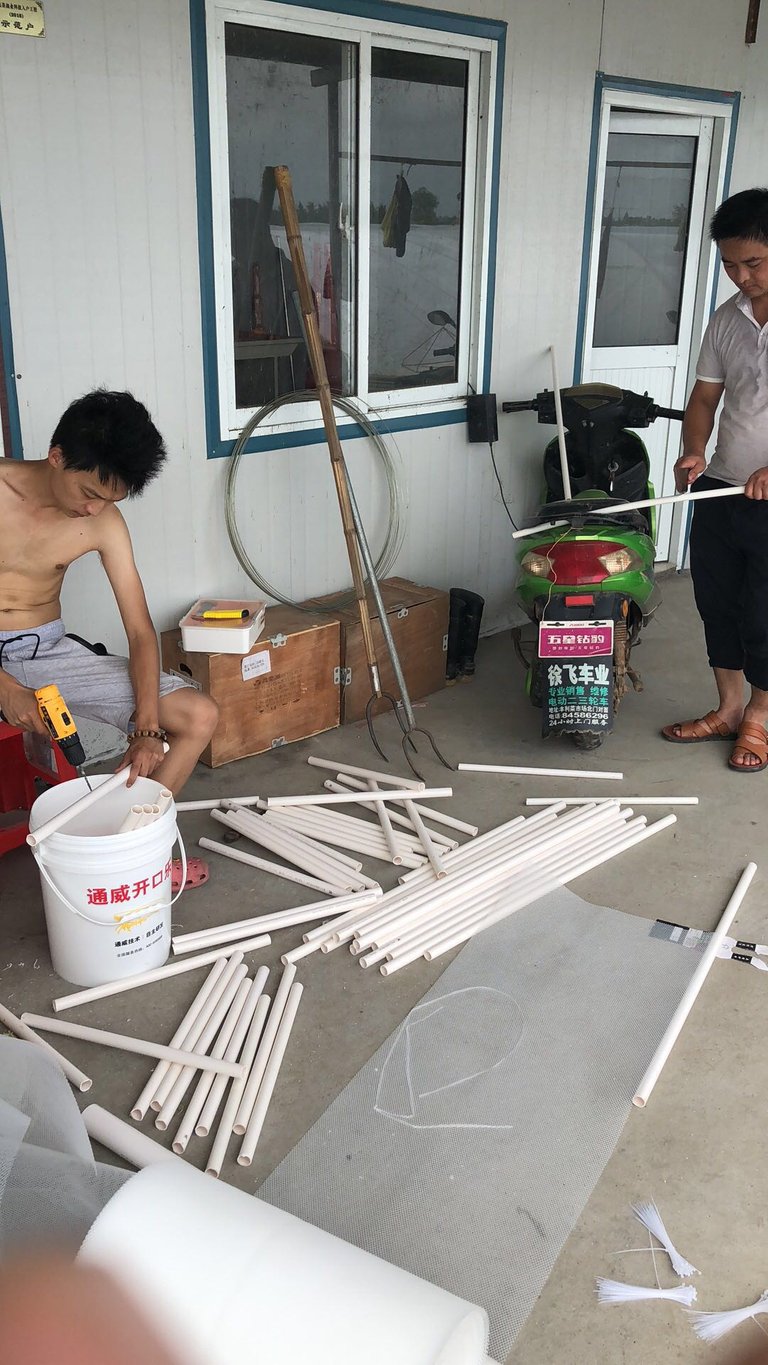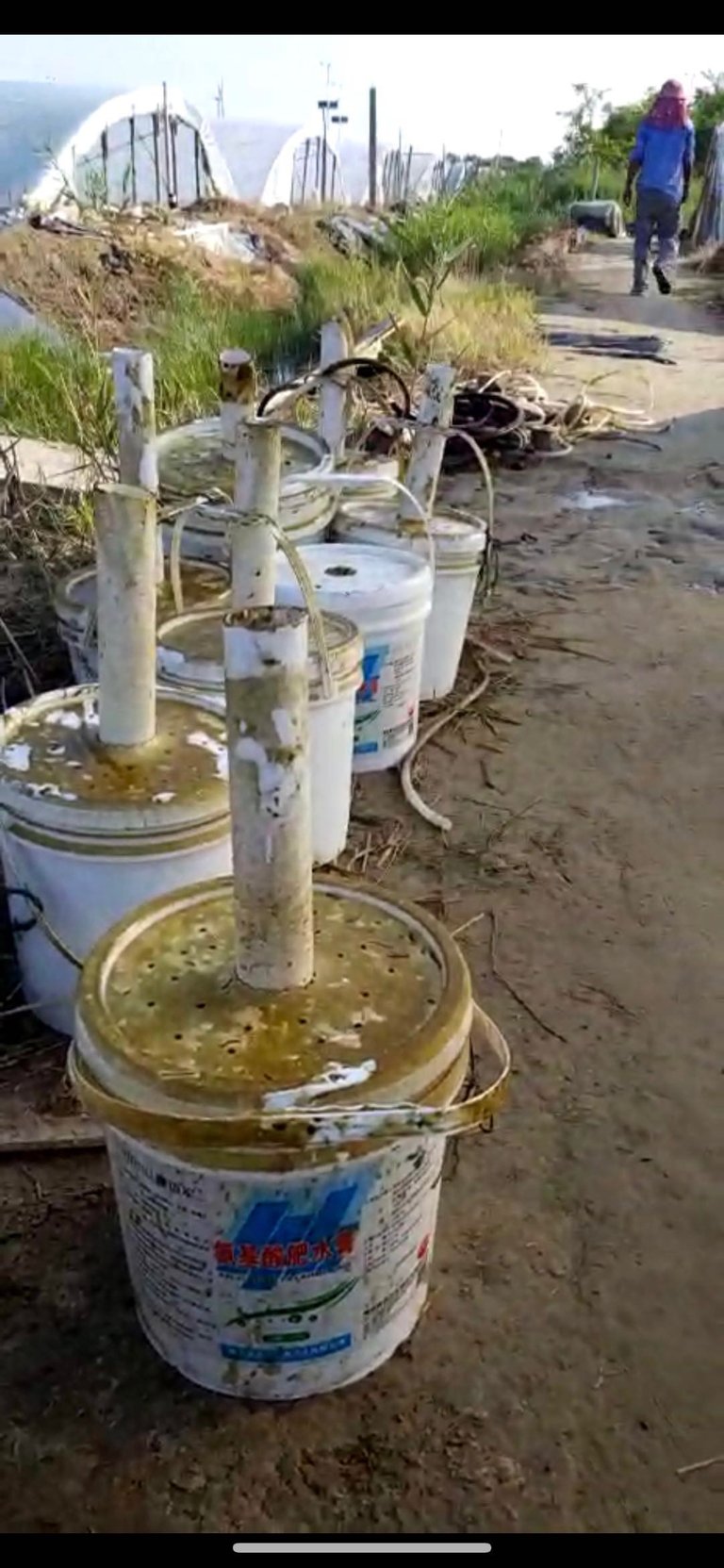Dear Steemers:
So in my previous post, i was talking about how I was getting involved in shrimp farming here in China. Coming from a bi-linguistic background, I thought I could draw an extensive amount of experience from the west into the local industry.
Like stepping into any other industries, I've spent the entire month of July learning the basics and the researching the market. Here are some facts that I have gathered:
- With shrimp farming, there are basically three approaches: high-intensive(factory style), intensive, ordinary.
With high-intensive, it's where factories are established, and shrimps are raised indoors with central-controlled environment, making sure all the numbers and water quality are kept at the optimum level,rough production 15kg/m2;
Intensive is where a concrete pond is built, it can be indoor or outdoors, and the difference between intensive and ordinary is that with purposefully built concrete ponds, the culture water recycling system could be implement upon the establishment, rough production would be around 7kg/m2.
So ordinary method is deploy a pond out in the wild, and pretty much just let it be, but FEED them. This is the methodology that we have decided to adopt and this is the method I'm going to focus the most on in this post, and I will carry on the remaining part of the post in Chinese, because I'm going to talk about some of the techniques I've learned and used, which I think will help the shrimp farming significantly, and I assume that most the Chinese shrimp farmers(whom I aim to help) don't speak any English. But just to quickly summarize the current situation in China, there are very limited high-intensive plants, maybe 30% of total production comes from intensive farming, and the remaining at least 60% goes to the ordinary style. And out of those 60%, none of them are using these techniques, they mostly conduct a corrective way of solving issues raised, instead of preventative way.
我使用的三种对虾养殖技巧,增加南美白对虾的生长成功率:
- 旺角虾床 (Mongkok Shrimp Bed) It's called Mongkok because I used to like Majong. Utilizing nets to create more surface area for shrimps to cling on to rest. They are super territorial!
使用塑料网进行加工,使其变成上下铺床类似的模样。成本很低,但是非常有效。因为虾是栖底东西,因此像人一样去休息。这些旺角虾床会有效增加单一水体的有效使用面积,避免水体过于拥挤而造成的对虾互相攻击等情况(特别是脱壳期)
Reference:
2.旺角欢乐桶(Mongkok Happy Bucket) Basically a bucket full of sand, whatever the kind, the thinner the better. The proper name is Deep Sand Bed, allowing medium for completing the nitrogen cycle, namely the nitrification and denitrification reaction. This converts the poo and pee, which contains a lot of ammonia, nitrate and nitrite into nitrogen gas.

利用不用的大的塑料桶,里面装满了沙子,什么沙子都可以,越细越好。不盖盖子,盖盖子都可以。扔进养殖水里。这样深层的沙子会进行反硝化左右,移除水中的硝酸盐,变成氨气。上层的沙子因含有部分氧气,进行硝化作用,移除亚硝酸盐。
loads of articles on this method, but this one explains why, Reference:
- using a Belgian product called Sanacore, which claims to help the digestive system, and helping growth. 使用一种比利时的私聊营养品,叫Sanacore.能够帮助肠道健康以及促进生长。
Please let me know if you guys would like to know or discuss or talk about shrimp farming, all questions welcome. Thank you.
如果有希望能够一起探索,探讨,或有兴趣的,欢迎留言。谢谢
没人回复, 自己先沙发。饲料,打错了
Congratulations @markdroplet! You received a personal award!
You can view your badges on your Steem Board and compare to others on the Steem Ranking
Vote for @Steemitboard as a witness to get one more award and increased upvotes!